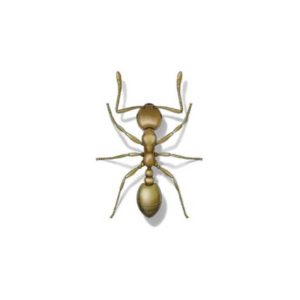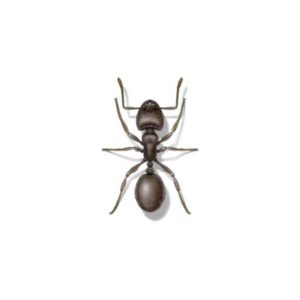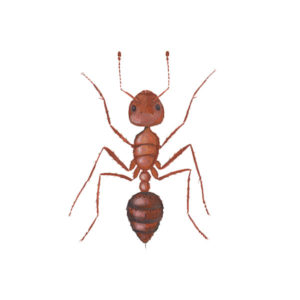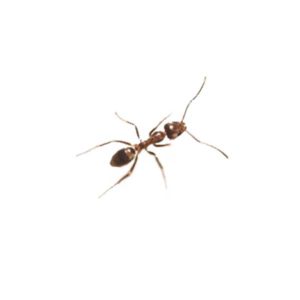Odorous House Ants in Eastern Tennessee
Odorous house ants are the most common ants to infest homes in Eastern Tennessee. Also referred to as sugar ants, stink ants, or coconut ants, odorous house ants emit a foul smell when crushed. Colonies can be very large, ranging in size from several hundred to over 100,000 individuals. Outdoors they forage mainly for honeydew, which is produced by aphids. However, they will invade homes during heavy rains when the honeydew of plants is washed away. Foraging for food night and day, odorous ants prefer sweets and proteins.
Odorous House Ant Habitat
The odorous house ant can live almost anywhere, thriving both outdoors and indoors. Outdoors, odorous house ants are often found in exposed soil, under stacks of firewood, or debris. They make their way inside homes looking for food, which is why they are typically found in kitchens. When they nest, odorous house ants prefer areas near moisture—wall voids near water pipes, heaters, leaking fixtures, and damaged wood are all ideal habitats for them. Cabinets, pantries, areas under floors, or behind paneling are popular nesting sites for these ants.
Odorous House Ant Behaviors, Threats or Dangers
While odorous house ants do not bite or sting, they contaminate food as they forage indoors, in large numbers. They feed on almost any food, which brings them into conflict with us when they contaminate stored pantry products. Due to the vast size of their colonies, the elimination of odorous house ants is tedious. When foraging, scout ants leave an invisible scent trail from the food source back to their nest site. When worker ants follow the scent trail to the food source in a home or building, they invade homes in tremendous numbers. If you suspect an odorous house ant infestation, it is recommended to contact a licensed ant exterminator. Don’t wait until your home is overrun by ants. Contact Johnson Pest Control today!
Need help with Odorous House ants?
We'll call you! Leave your information below.




